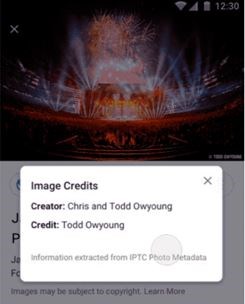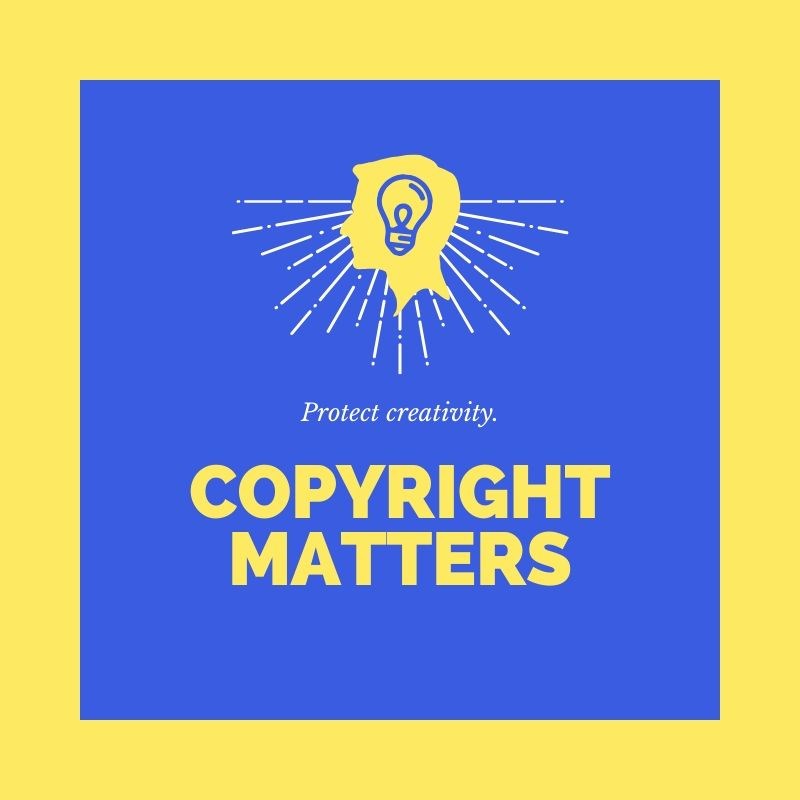Are you misusing other people’s images online – maybe without realizing it? Given the importance of images in social media, blogs, and other online promotional tools, the demand is greater than ever. Ideally everyone would commission an artist, designer, or photographer; pay to use an existing work, or create an image themselves whenever they need one, but many individuals and organizations don’t have the time or resources to do that.
It may seem simple to use the many “free” online image sources, but the vast amount of free material on the internet makes it difficult to know and follow the rules. (For GAC’s artist members, protecting your work can be equally complicated – and should be the subject of a future article.)
When “free” is not free
A useful example recently developed at Guelph Arts Council. GAC received an email from Pixsy, a licensing and copyright agent, stating that GAC had used one of their client’s images without a valid licence or permission and would need to pay a fee. Nine months before that, GAC had shared a member organization’s online post for an event, as it often does. The member organization understood the image in the post to be free for use, as the source stated that the “image can be used under Creative Commons 2.0,” which in turn states that you can “copy and redistribute the material in any medium or format.” It added further down, however, that users must give appropriate credit and provide a link to the license, which the member did not do. (Pixsy also contacted the member organization and charged it a fee.) The fact that GAC used the member’s image in good faith and was not aware of the requirement did not absolve it. Nor did removing the image after the fact.
GAC supports creators, and advocates for them to be paid for their work. But as a non-profit that runs on a tight budget with a full-time staff equivalent of two people, GAC can’t research the many images members provide for sharing and must depend on members to use images as permitted. As this example shows, a work that is listed as “free” may not be, if the requirements aren’t followed.
Tips for using images online
While this article can’t cover the many intricacies of copyright and licensing, following these tips will help:
- Create/commission/buy artwork when possible
- Ask permission for sharing
- Include artist/photographer/model credits
- On social media, tag the creator in the image and name them in the text
- If you don’t know their name and/or the image isn’t for public use, don’t use it
- Use a camera or paintbrush icon to reduce character counts in a Tweet
- Do a careful search for licensing requirements or copyright, and again, if you’re not sure, don’t use it.
Google provides creator and credit meta data on Google images when it is available, but often it is not. On a laptop, after you do a Google search for say, fireworks, and a choice of images comes up, click on one and it opens in a larger window on the right, then click on the 3 vertical dots below it and “image credits” will be one of your choices.
Tips from Wikimedia
Similarly, Wikimedia Commons offers this advice:
“Content under open content licenses may be reused without any need to contact the licensor(s), but:
- some licenses require that the original creator be attributed;
- some licenses require that the specific license be identified when reusing (including, in some cases, stating or linking to the terms of the license);
- some licenses require that if you modify the work, your modifications must also be similarly freely licensed; and finally,
- Content in the public domain may not have a strict legal requirement of attribution (depending on the jurisdiction of content reuse), but attribution is recommended to give correct provenance.”
You can find the license conditions of each individual media file on Wikimedia Commons on their description page.
It’s a complicated world, but with a little research, we can all support creators and get it right.
Example of Google image metadata

This Content is made possible by our Sponsor; it is not written by and does not necessarily reflect the views of the editorial staff.

